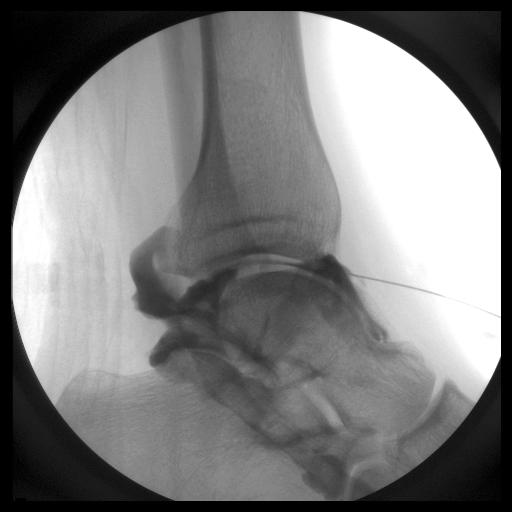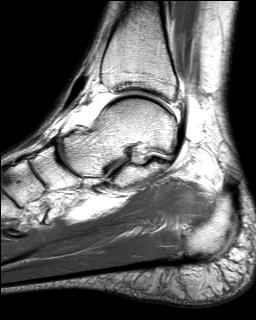Physics in Biomedicine
Location: MWF: 382 CH, TR: 161 SB2
Summer 2011: 06/21-07/09
Time:
10:30-12:50 MTWRF
Contact: ralfw@pdx.edu


| PH
337/BI
410 Physics in Biomedicine
Location: MWF: 382 CH, TR: 161 SB2 Summer 2011: 06/21-07/09 Time:
10:30-12:50 MTWRF Contact: ralfw@pdx.edu |
 |
 |
Doppler effect: http://istp.gsfc.nasa.gov/stargaze/Sun4Adop2.htm
Laser:
http://phet.colorado.edu/simulations/sims.php?sim=Lasers
Laser
polarization:
http://www.rp-photonics.com/polarization_of_laser_emission.html
Fourier
transform:
http://phet.colorado.edu/simulations/sims.php?sim=Fourier_Making_Waves
Is this class for me?
Introductory physics is a prerequisite before entering medical school. But while pre heath majors are a large fraction of the student body in the algebra based physics class, students from other fields take the class as well and there is not enough time to address the impact physics has on medicine or biomedical research adequately. Introductory physics gives students the theoretical background to understand the principles of varies processes in the human body as well as the principle of various instruments used in the medical sciences. But how do you make the step from electromagnetic radiation and magnetic field to understanding the principle used in MR imaging? After having taken general physics words like “superconductor” and “anti-matter” don’t sound like science fiction anymore. But how and why are they important in medicine? A classic exam question in general physics might ask what happens to one parameter as another is decreased by a certain factor. The answer to such a question gains some importance if one looks at the flow through an artery as the radius is decreased say by a factor of 4. You might have calculated the magnetic field in a solenoid. But what is the magntic field in an MRI and why is it better to increase the strength of the magnitic field? Introductory physics is a good starting point to address the principles of various instruments used in medicine and biological research.
The education in medical schools or PhD programs in Biology will focus mainly on the use and benefits of those devices. Rightly so, I might add, after all it’s still more important that a radiologist can identify cartilage damage in a joint (which I know from my own experience is not trivial) than being able to explain the patient how a MRI scanner works. But doesn’t the curious mind of the physician or biological researcher ask how this giant instrument with its large coil and the constant pumping sound produces those images. The answer is not always an easy one, but if you are interesting in learning the principles of some of the instruments that you might use as a valuable tool in your career in the medical or biological field this class will be right for you.